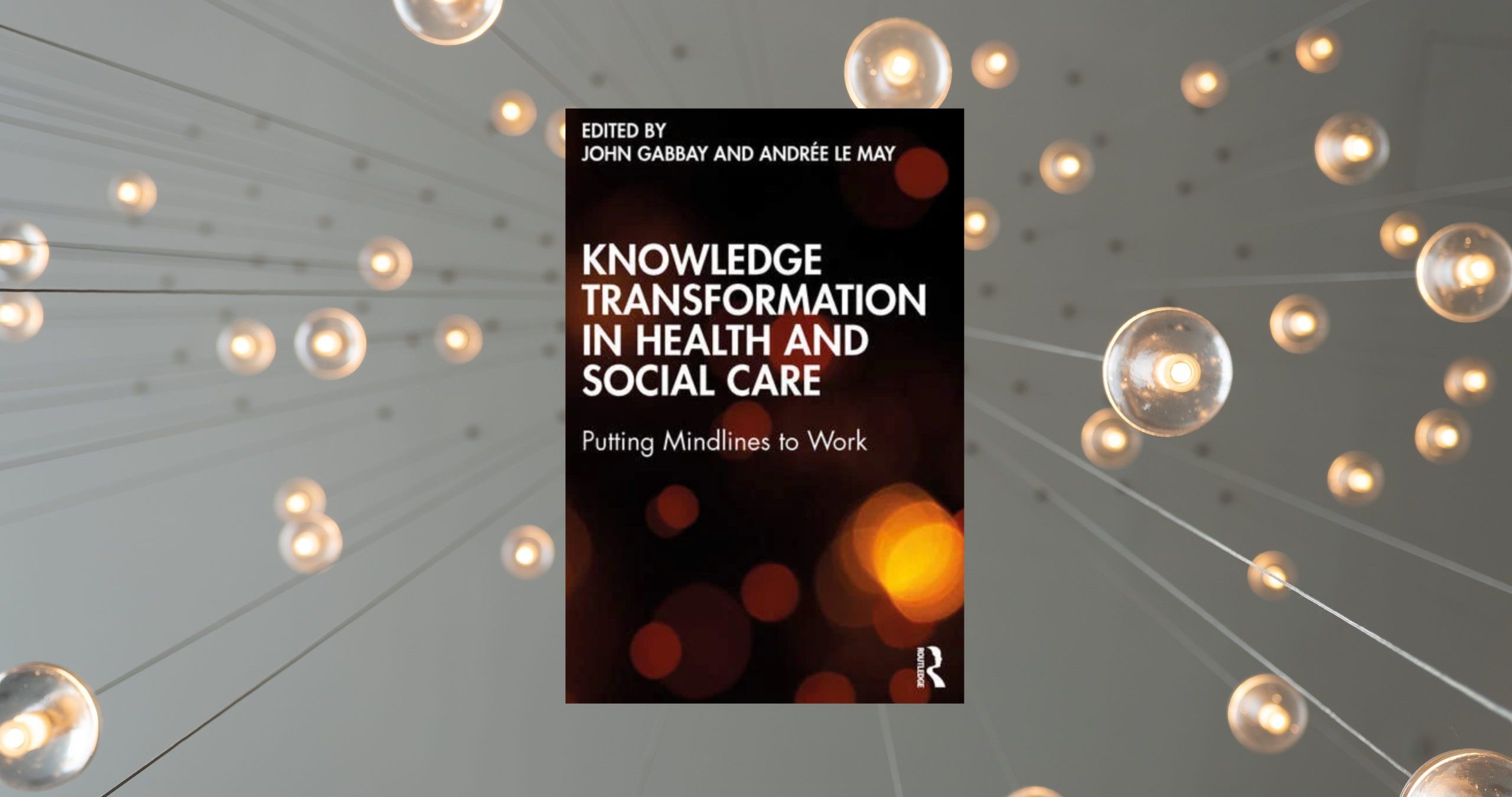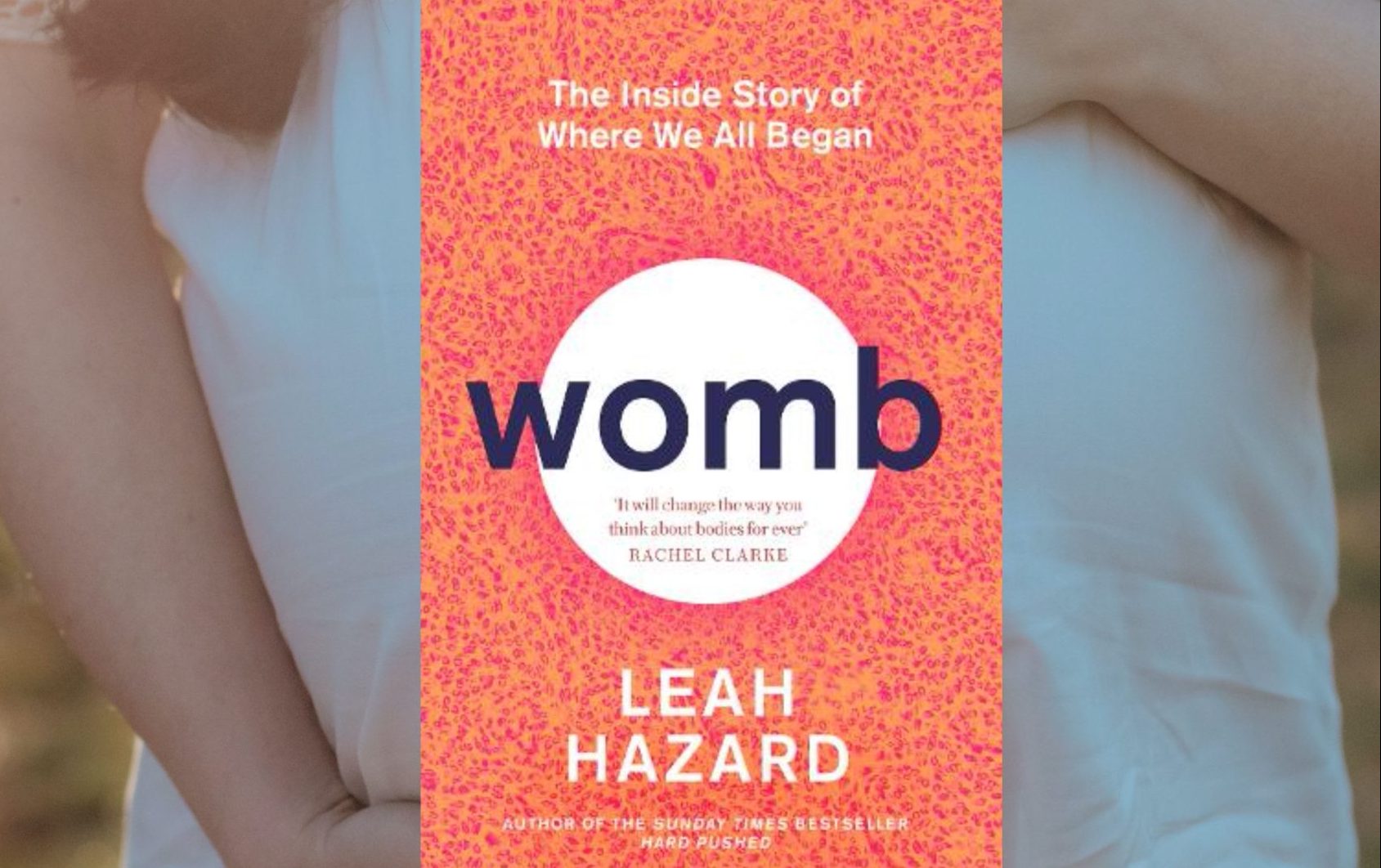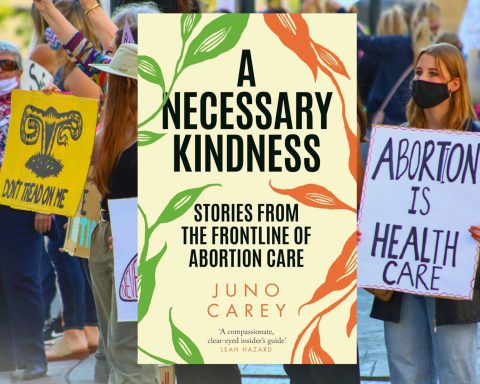
It’s 20 years since the British Medical Journal sent me a paper to review with the made-up word, ‘Mindlines,’ in its title.1 The covering email said something like “We’ve already decided to reject this paper but could you please quickly skim it and give us some reasons to pass on to the authors?”. I was intrigued. Even the BMJ didn’t usually reject qualitative research submitted by well-known professors without reading beyond the title. I read the paper and told the editor he should publish the paper as soon as possible because it described the most philosophically important research study he’d ever sent me. A few years later, that paper (which has now been cited over 1200 times) was listed among the BMJ’s top 20 papers in the 20 years since the journal went digital,2 and in a subsequent BMJ poll was voted the top research paper.
The paper described an ethnographic study of a highly-rated, well-renowned primary-care practice. Two researchers—a doctor and a nurse respectively by training, both with an anthropological bent—sat in GPs’ surgeries and nurses’ clinics and watched the clinicians to see how they practised so effectively. And what they watched was good clinicians not following guidelines. Actually, the GPs and other clinicians did use guidelines—just not in the way the evidence-based medicine playbook assumed (consulting a formal written or online guideline in real time when seeing a patient, for example).
…the things that guide us are the things we know because—to the extent that we are experienced and wise and connected with others in our field—they’re in our bones, our jokes and the unwritten rules…
So how do clinicians follow guidelines? Let me quote from page 20 of Gabbay and le May’s new book:
“Practitioners rely on a wide variety of sources and types of evidence that they must meld together to help them deal with the situations they face. Rather than relying simply on science-based guidelines or other formal, theoretical knowledge, practitioners deploy their knowledge-in-practice-in-context. They rely on their mindlines–flexible, malleable, rapidly accessible, internalised, collectively reinforced, and often tacit guidelines-in-the-head – that they accumulate throughout their careers. […] The development of collective mindlines is a form of social construction of knowledge, highly dependent on the social relations that shape people’s understanding of illness and disease.”
According to this model, the guidelines that matter are not the voluminous ‘if X, do Y’ instructions produced by the National Institute for Health and Care Excellence, or the tortuous algorithms embedded into decision support software—or at least, not those sources in isolation. Rather, the things that guide us are the things we know because—to the extent that we are experienced and wise and connected with others in our field—they’re in our bones, our jokes and the unwritten rules that drive our collective ways of thinking and working. We are, individually and collectively, guided by a form of remarkably fast thinking that is long and hard won, and which enables us to care effectively for those patients—often the majority—who are ‘exceptions’ to the one-size-fits-all evidence-based guideline, and by the stories we share in the spaces in between our patient encounters.
By the time Gabbay and le May’s research revealed this finding (which is startling and reassuring in equal measure), the word ‘guideline’ had already been taken, so they coined a new word: mindlines. Mindlines are not just internalised instructions for what to do. Mindlines are what we share, including the facts we know and the issues we care about. Because of their link to our professional identity, mindlines are also who we are. We collectively get our heads round a new cardiovascular guideline and acknowledge formal thresholds for up-titrating antihypertensive or heart failure medication. But we also collectively understand the reasons for sparing our nonagenarian patients the tyranny of polypharmacy and the medicalisation of their twilight years. We engage with guidelines not as automatons but as communities of professionals.
That much was set out in Gabbay and le May’s first book in 2011.3 In 2015, Sietse Wieringa and I reviewed the many studies that were based on this rich and intriguing view of clinical knowledge.4 Mindlines, it seemed, were everywhere, and explained much of the gap between the evidence-based ideal and the practical realities of clinical practice. What does this latest collection add?
Mostly, it adds a wealth of detailed examples written by others. Shout out to my ex-PhD student, dentist Dominic Hurst, who used video ethnography to explore the multiple kinds of knowledge—including the embodied understanding of what enamel and soft tissue feel like through the end of a drill—that are subtly brought into play when your dentist fixes your tooth.
Mindlines, it seemed, were everywhere, and explained much of the gap between the evidence-based ideal and the practical realities of clinical practice. What does this latest collection add? …Mostly, it adds a wealth of detailed examples written by others.
Nurse researcher Kate Beckett and theatre director Tony McBride used forum theatre to stage discussions about the complexities and contradictions of people’s psychological recovery from major trauma. Theirs were not simple stories with unequivocal happy endings. The dramaturgical form allows multiple knowledges to be surfaced, enacted and combined, which they then invite audiences to reflect on and so change how they practice. .
In a “situation report from New York City”, emergency medicine physicians Edward Suh and Peter Wyer give a gripping account of how mindlines informed their response to the first wave of the covid-19 pandemic. At a time of unprecedented pressure on services, a near-absence of formal guidelines, wretched human suffering and moral injury among staff, clinicians drew on a multitude of sources including clinical experience, storytelling, social media interactions and rapidly-published research preprints to build and apply dynamic knowledge at the clinical front line.
Another PhD, by Michael Hodgins, supervised by Ann Dadich and Jane Bye, looked at the role of emotions in the delivery of community-based palliative care. These authors show how emotions are not separate from our knowledge but part of that knowledge. As one palliative care nurse quoted in their chapter said (page 78), “you cannot do your job without emotions”. They reach the intriguing conclusion that in palliative care, “mindlines were assembled with emotion as a productive mechanism to prioritise or limit certain kinds of care” (my emphasis).
Who should buy this book and why? First and foremost, people who want a beautifully-written antidote to the reductive depiction of clinical practice as rational, algorithm-based decision science. Second, those who study and teach clinical knowledge—especially ye who believe, naïvely, that evidence-based medicine will serve up most or all of the answers. And finally the philosophers among you, who will find, in amongst the rich accounts of how mindlines have informed and explained effective interventions in a wide range of clinical settings, conceptual and theoretical gems from (among others) Wittgenstein, Polanyi, Heidegger, Dewey, Marx, Schatzki, Garfinkel and Tsoukas.
Featured Book: Knowledge Transformation in Healthcare: Putting Mindlines to Work edited by John Gabbay and Andrée le May, Routledge 2022, ISBN 9780367746162, 262 Pages, HB £120 PB £34.99
References
- Gabbay J, le May A. Evidence based guidelines or collectively constructed “mindlines?” Ethnographic study of knowledge management in primary care. BMJ. 2004 Oct 30;329(7473):1013. doi: 10.1136/bmj.329.7473.1013. PMID: 15514347; PMCID: PMC524553.
- Payne D. Twenty top papers to mark The BMJ’s two digital decades. bmj. 2015 Jul 6;351. https://doi.org/10.1136/bmj.h3660
- Gabbay J, le May A. Practice-based Evidence for Healthcare: Clinical Mindlines. London, Routledge, 2010.
- Wieringa, S. and Greenhalgh, T., 2015. 10 years of mindlines: a systematic review and commentary. Implementation Science, 10, pp.1-11. https://implementationscience.biomedcentral.com/articles/10.1186/s13012-015-0229-x
Featured photo by Skye Studios on Unsplash









Joanne Reeve is a GP, professor of primary care and leads the @wisegpcouk programme. She is on Twitter: @joannelreeve
There is no doubt that we urgently need more capacity in primary healthcare, but we also urgently need change. We have seen repeated calls for a shift in culture and practice across primary healthcare and the wider health service (e.g. Ridge, Fuller, Tiratelli). In this, their second book on the concept of mindlines, Gabbay and le May describe how front-line clinicians are actively working to do just that.
Guidelines were never intended to be the tramlines that they have become. Critical reviews have repeatedly described the impossibility of applying all guidelines in real world practice. In my research, clinicians describe how guidelines (and the linked care pathways and contracts) have become barriers to delivery of whole-person-centred healthcare. The culture shift sought by policy makers – ensuring healthcare is a support for, rather than burden on, the work of daily living – is being blocked by the tool that policy makers continue to use to ‘support’ best practice, namely guidelines.
Gabbay and le May’s latest book describes the work both needed, and being delivered on the ground, to transform guidelines (summaries of ‘best evidence’) into the resource they were intended to be – support for practice-in-context.
In their original BMJ paper, and the first book that followed, Gabbay and le May presented an alternative vision of guidelines for healthcare. Based on extended observation of the work of front-line general practice, they described how clinicians work to transform externally developed guidelines-for-best-practice, into internally created, used and critiqued mindlines-for-best-practice-in-context. This latest follow-on volume offers us eleven additional case studies of this work from across clinical disciplines, including dentistry, physiotherapy, palliative care and general practice; and across health service delivery, including guideline development and responses to the COVID pandemic. All describe how health professionals work together to critically create new understanding-in-context and new ways of working for everyday practice through the generation of mindlines. It celebrates the scholarship of everyday professional practice and so contributes to driving the changes we so urgently need.
This is important work. Our award-winning CATALYST programme – delivered to new to practice GPs in Humber – demonstrates how being involved in the knowledge work of everyday practice can support GPs to develop a new understanding of, motivation for, and confidence in their professional roles. The wider WiseGP programme works to champion, enable and sustain knowledge across the general practice community and so help us to reclaim general practice .
There is much to discuss and debate in the ideas presented in this book. For me, the biggest question is to ask whether mindlines are ‘a thing’ or ‘a process’. Gabbay and le May define mindlines as “guidelines-in-the-head that accumulate throughout [clinicians’] careers” created through “collective sense making”. They describe that these “contextual nuanced guidelines” are slowly developed but allow experienced clinicians to rapidly respond to complex everyday problems – enabling what Gabbay and le May describe as “contextual adroitness”.
Yet the case studies presented in the book focus largely on the process of knowledge work, rather than the outcome (nuanced-guidelines) generated by that work. The case studies resonate with the principles and practice described in my own work on Advanced Generalist Medicine (AGM) and WiseGP. Both WiseGP and AGM emphasise a dynamic understanding of knowledge work – of creating, using and critiquing knowledge-in-context in order to deliver tailored whole-person healthcare. Here, contextual adroitness is seen to result from how we use what we know, rather than what we know (see Wenzel 2017).
In reality, busy clinicians probably need and use both locally developed knowledge and the skills of knowledge work to navigate complex practice. Gabby and le May recognise that “much more work still needs to be done to put the [mindline] model into practice”. Understanding the relative contributions of both the processes and outcomes of knowledge work, and therefore the implications for training and service design, is one such area for study. Fortunately, Professors Gabbay and le May and I have a new grant to look further into just that issue…
This book provides examples of not only knowledge transformation, but also healthcare transformation. It offers ideas and inspiration to those engaged in modernising healthcare; whilst delivering challenges to the politicians and policy makers engaged in healthcare redesign. Most of all, to the front-line clinicians caught in a model of healthcare delivery that isn’t working, it offers hope.
Deputy Editor’s note: See also review by Trisha Greenhalgh
Featured Book: Knowledge Transformation in Healthcare: Putting Mindlines to Work edited by John Gabbay and Andrée le May, Routledge 2022, ISBN 9780367746162, 262 Pages, HB £120 PB £34.99
https://www.routledge.com/Knowledge-Transformation-in-Health-and-Social-Care-Putting-Mindlines-to/Gabbay-May/p/book/9780367746162
Featured photo by Skye Studios on Unsplash